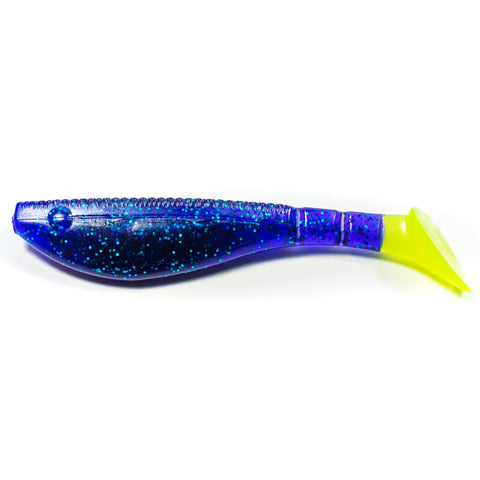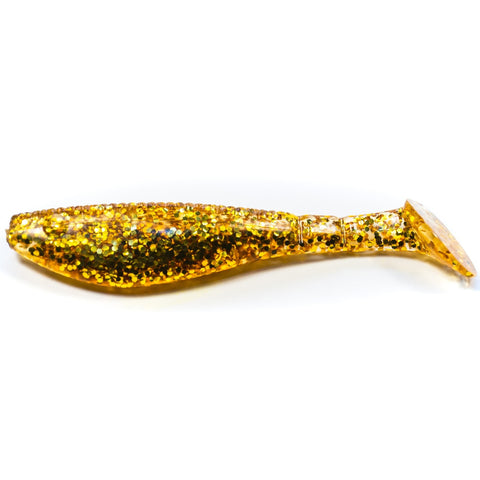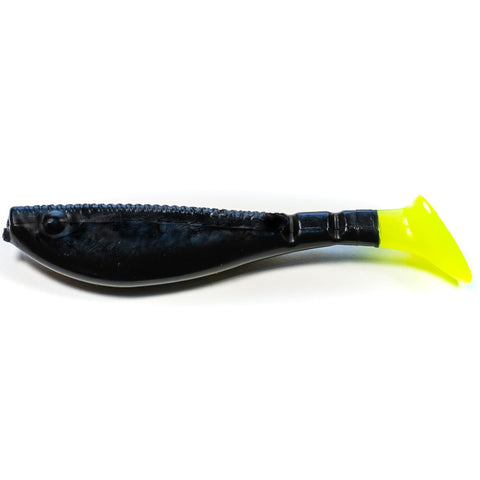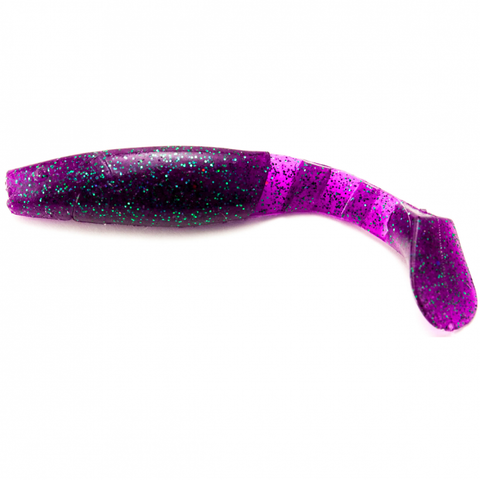
Muddy Waters, Clear Catches: Catching Redfish in Estuaries
Exploring the Dynamics of Estuarine Habitats
Estuaries, where freshwater rivers meet the salt. This mixing zone creates a dynamic and nutrient-rich environment where redfish thrive. Understanding the intricacies of these (sometimes) muddy waters can significantly increase your chances of successfully targeting redfish.
Estuary Essentials
Estuaries serve as crucial nurseries for various marine species, providing a perfect blend of nutrients and protection for young fish. Redfish, in particular, thrive in the brackish waters where freshwater and saltwater converge. These habitats offer an abundance of crustaceans, baitfish, and other delicacies that redfish eagerly pursue.
When targeting redfish in estuaries, focus on areas where the tidal flow brings in a mix of freshwater and saltwater. Key locations include creek mouths, guts, oyster beds, and the edges of marshes. These are prime feeding grounds for redfish, offering a buffet of prey in the nutrient-rich waters.
Making the Most of Murky Estuary Conditions
One characteristic of estuarine habitats is that they often have muddy or turbid water conditions. While this might seem challenging for anglers, especially those interested in site fishing for redfish, it's precisely these conditions that create an advantage for redfish (they are ambush predators after all). Redfish have an exceptional ability to detect prey through their acute sense of smell (olfactory sense) and vibration sensitivity in their lateral lines.
Water Clarity Chronicles
In muddy estuary waters, redfish rely heavily on their senses to locate food. Therefore, it's essential to adapt your fishing strategies to the reduced visibility. Opt for lures like paddle tails or other swim bait lures that produce strong vibrations and incorporate scents to attract redfish in these murky conditions.
Topwater lures with rattles or popping sounds can be highly effective, as they create a commotion that redfish can detect even in low visibility. Additionally, various colors (depending on water clarity - more on that later) of soft plastics with scent attractants mimic the appearance and scent of prey, increasing the chances of enticing redfish in muddy waters.
Unveiling the Science Behind Effective Grass Line Fishing
Fishing along the estuarine shoreline can yield rewarding results, but it requires a strategic approach and a decent amount of casting accuracy. Redfish tend to patrol these areas in search of an easy meal. Understanding their behavior and preferences can significantly improve your success rate.
Lure Logic
Selecting the right lures for grass line fishing involves understanding the redfish's feeding habits, as well as the habitat types both above and below the water. You'll definitely want a lure that doesn't have the tendency to get hung up on the grass or oyster below. Opt for lures that mimic the forage available in these areas, such as crabs, shrimp, and small baitfish. Soft plastic paddle tails (rigged weedless or with 2/0 or 3/0 hooks), weedless spoons, and jerkbaits are excellent choices that will maximize your hookup ratio while minimizing your hang up ratio.
Experiment with different retrieval speeds and techniques to find the presentation that triggers strikes. Redfish in estuaries are opportunistic feeders, so varying your retrieve can mimic the erratic movements of injured prey, enticing strikes from hungry reds.
Identifying Redfish Behavior in Estuarine Settings
Observing and understanding redfish behavior in estuarine environments is key to a successful targeting redfish. Redfish often follow the tide, moving with the rising and falling water levels to exploit feeding opportunities.
Reading the Signs
Keep an eye on the water's movement and any signs of baitfish activity. Birds diving or baitfish jumping can indicate the presence of feeding redfish. During the outgoing tide, focus on deeper channels and holes where redfish gather to feed. As the tide rises, target shallow flats and oyster beds where reds move to hunt in shallower waters.
Additionally, pay attention to subtle signs like tailing redfish. During low tide, redfish often tail in shallow waters as they root around for crabs and other prey. Sight fishing for tailing reds in estuaries can be an exhilarating experience, requiring patience and a keen eye.
Conclusion
Fishing for redfish in estuaries presents a unique set of challenges and opportunities. Embrace the dynamic nature of these habitats, where muddy waters often hold the secret to successful outings. Adapt your tactics to the estuarine environment, from lure selection to understanding redfish behavior in these diverse settings.
By exploring the dynamics of estuarine habitats, making the most of murky conditions, unveiling the science behind effective shoreline lures, and identifying redfish behavior, you can elevate your redfish angling skills. Remember, success in estuaries often lies in patience, observation, and the ability to adapt to the ever-changing conditions of these muddy, yet fruitful, waters.




